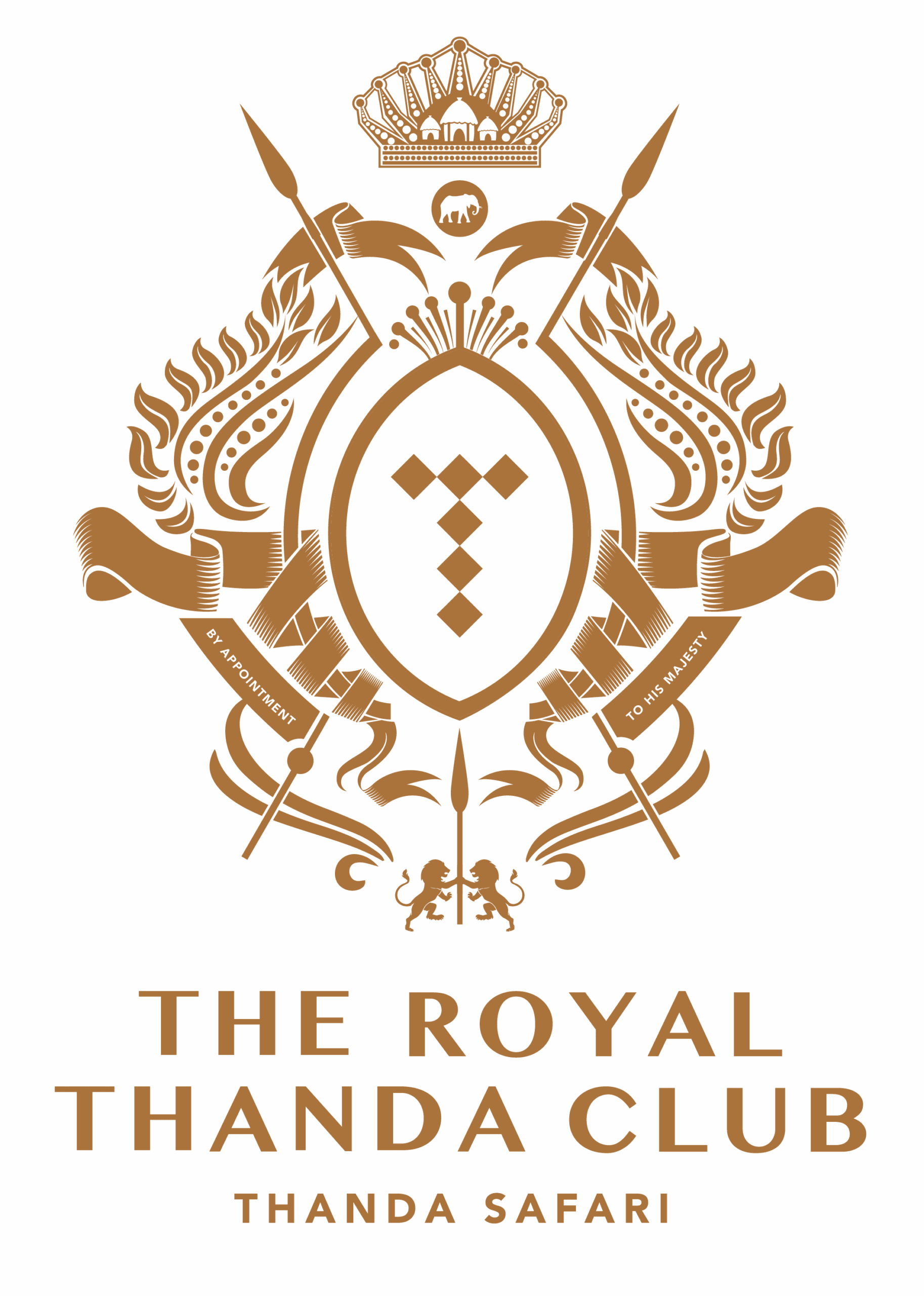A common question that I have as a guide, coming from kids as well as grown-ups, is what is my favourite animal? And going one step further is which animal would I like to be in the bush? The first question is very difficult, there are so many different animals and so much diversity, how could I pick just one favourite animal? I always talk my way out of this one. But the second question is easy: human being! Without any hesitation, I’m very happy to be what I am on this planet. All other animals have an incredibly tough and miserable life compared to us. Of course, you don’t want to be too small, until a certain scale it is the real jungle out there; eating or being eaten, and it always end as being eaten… or squashed. Being a bird can be appealing, you can fly after all, but birds are rather fragile things, a sudden drop of temperature during the night and you drop dead from your perch. And you’re not living for very long either, even if everything goes well. And that’s the biggest problem. Eventually, it’s not too bad living a few decades. We even find that life is always too short. So the answer will be targeting animals with a decent lifespan, and relatively safe from predators because that’s also a nice part of being human! And if you go that way, you generally end up with an elephant or a rhino. An elephant is probably the best in the end, and recently I had an interesting sighting that confirmed that, definitely, I wouldn’t want to be a rhino!
That sighing is the fly in the picture. How can a fly be an interesting sighting? Well, this one is not a common housefly and is actually a pretty rare sighting. It is a kind of bot fly, and more specifically a Gyrostigma rhinocerotis. They are not small flies, as their size is about 40mm long, with a wingspan of about 70mm. With their black body and orange head and legs, they look or rather try to look like spider-hunting wasps. A phenomenon called Batesian mimicry is when harmless insects try to bluff their way out looking like something more dangerous or repulsive than they actually are! Of course, a fly that big is rather noisy and could give some pteronarcophobia a very unpleasant experience, however, they do not have the sting and associated pain of the wasps. But if you start shivering at the idea of seeing those miniature hairy helicopters around you, relax, even where rhinos do occur in relative abundance, you have little chance of seeing one. Indeed, those flies are a parasite of both black and white rhinos. Or rather, their larvae are parasites, as they live inside their stomach. They go through three larval stages (instars), all of them sucking blood from the lining of the rhino’s stomach.
Once they reach the adult form (imago), which we can identify as a flying fly, their only job is to mate and produce eggs, and die. They have reduced mouthparts and probably don’t even need to feed as they only have a few days to breed. That makes them quite difficult to observe. Females will lay hundreds of eggs on a rhino’s head. From those eggs, small 2mm-long larvae emerge and find their way to the stomach. The exact pathway is not clearly understood but it is speculated that they simply go through the nose or mouth, then down the esophagus to the stomach. Once in the stomach, they will attach themselves to the stomach wall with the help of spines on their body and mouth hooks, and suck blood. Imagine some spiky leeches sucking blood inside your stomach, you would regret getting rid of your taenia! The larvae will keep feeding, moulting, and the 3rd instar larva leaves through the anus, immediately burrow into the ground, and pupate, which also makes them difficult to observe as larva or pupa. You won’t find them in rhino dung, unless you are right behind them as they are defecating, which doesn’t sound like a good nor safe idea! Pupation will last 6 weeks and then the imago will emerge from the pupa and continue the cycle. And that leads us to me being happy seeing one. Because after all, they also became a rare and endangered species.
And of course, with poaching and the collapse of rhino populations in South Africa, all other organisms depending on rhinos have been put under pressure. Saving rhinos is not about saving rhinos only, but all the other organisms associated with them, especially species having obligatory association with rhinos. And those poor flies also suffered from poaching, losing their hosts, and having their population rapidly decreasing. And now their own population is mainly confined to game reserves and protected areas where rhinos can survive. Maybe rhinos wouldn’t be very happy about helping their parasites! But that’s the burden of a flagship species. Rhinos are just a tree hiding in the forest here, and with all the efforts for saving them, we must not forget all the ramifications and all the other organisms we help. Bot flies are also part of their ecosystem and food web, and their disappearing would have repercussions on animals feeding on them, or even parasitising them!
Story by: Vincent Hindson





